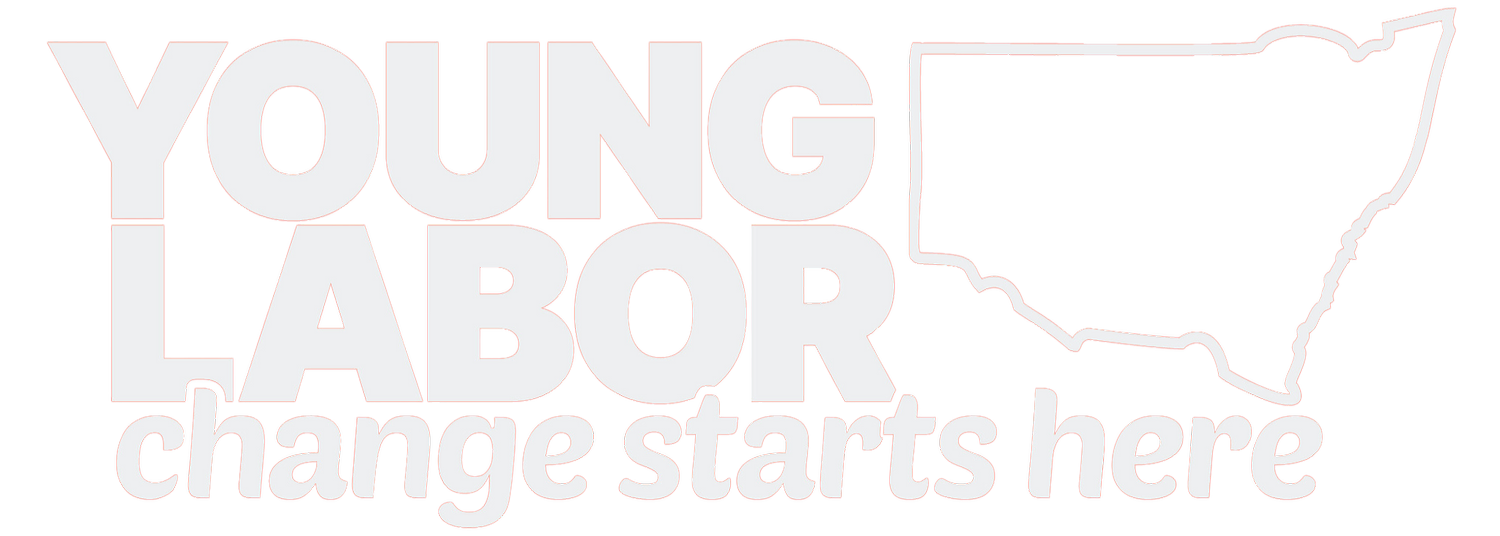The Big Reasons Behind Microcredentials
By the time I finished my undergraduate degree, I had worked in more jobs and industries than my mum throughout her entire career
I’m not alone in this.
Today, the average worker can expect to hold three to seven careers before they retire, with some researchers estimating up to 17 different jobs. It should be no surprise then that more people are taking up short, skills-based degrees called microcredentials.
Aside from offering workers the opportunity to upskill and gain some flexibility in their jobs, microcredentials are also increasingly seen as a solution to the skills gap.
Workforce of the Future
Earlier this year, Federal Minister for Education Jason Clare launched a pilot program for microcredential courses for industries facing a severe skills shortage. In a media release, he added that “microcredentials can help Australians upskill and reskill to prepare for the jobs of the future”.
Despite having record-breaking rates of university education, more Australians are finding it difficult to find a job that fits their skillset. In fact, up to 70% of workers report experiencing a skills mismatch. This is despite record-low unemployment rates.
A 2023 study by the OECD titled Micro-Credentials for Lifelong Learning and Employability talks about the equalising benefits of microcredentials as the cheap, short degrees give disadvantaged workers access to education and employment opportunities.
Across the world, this benefit is being realised with employers offering disadvantaged students free internships, leaving them with a microcredential and valuable working experience to distinguish their CVs.
An Imperfect System
Despite its benefits and increasing interest by employers and employees, microcredentials face significant barriers in realising its potential as a solution to our nation-wide skills shortage and force for social equality.
The biggest challenges are poor levels of recognition and inconsistent quality of education. This issue is rooted in the reality that microcredentials and their providers suffer from poor regulation and oversight, especially compared to traditional degrees.
This is where Governments need to step in.
While this concern by employers has dropped sharply from 57% in 2021 to 44% in 2023, we need a universal rating system and more government regulation over the sector to help unlock the potential of microcredentials.
There’s no question that we’re witnessing the rise of the microcredential.
Initiatives like the Albanese Labor Government’s $18.5 million pilot program to develop microcredentials for in-demand sectors are a step in the right direction for this rapidly-growing industry.
Clare’s initiative builds on the findings of a 2020 report written by David Gonski and Peter Shergold AC for the NSW Government into what the future of vocational and higher education might look like. The report found that a new model of education was needed to create a stronger, more future-proof, more flexible workforce. The answer was a model that combined university education, work experience and vocational training.
In trialling this model, referred to as institutes of applied technology, at various TAFE campuses, microcredentials were embedded into degrees for the first time. This gave graduates a head start in the workforce, combining the benefits of university education with a job-ready CV filled with certificates and professional skills.
Lowering Barriers
In a world where employers are frequently looking for more than just a degree, microcredentials can be the distinguishing factor between a successful and unsuccessful applicant. Microcredentials can therefore help lower barriers for workers from disadvantaged and underrepresented backgrounds, and give them a competitive advantage in the job market.
But it’s time for the government to get serious about microcredentials, and ask the big questions about what role it will play in the workforce of the future.

